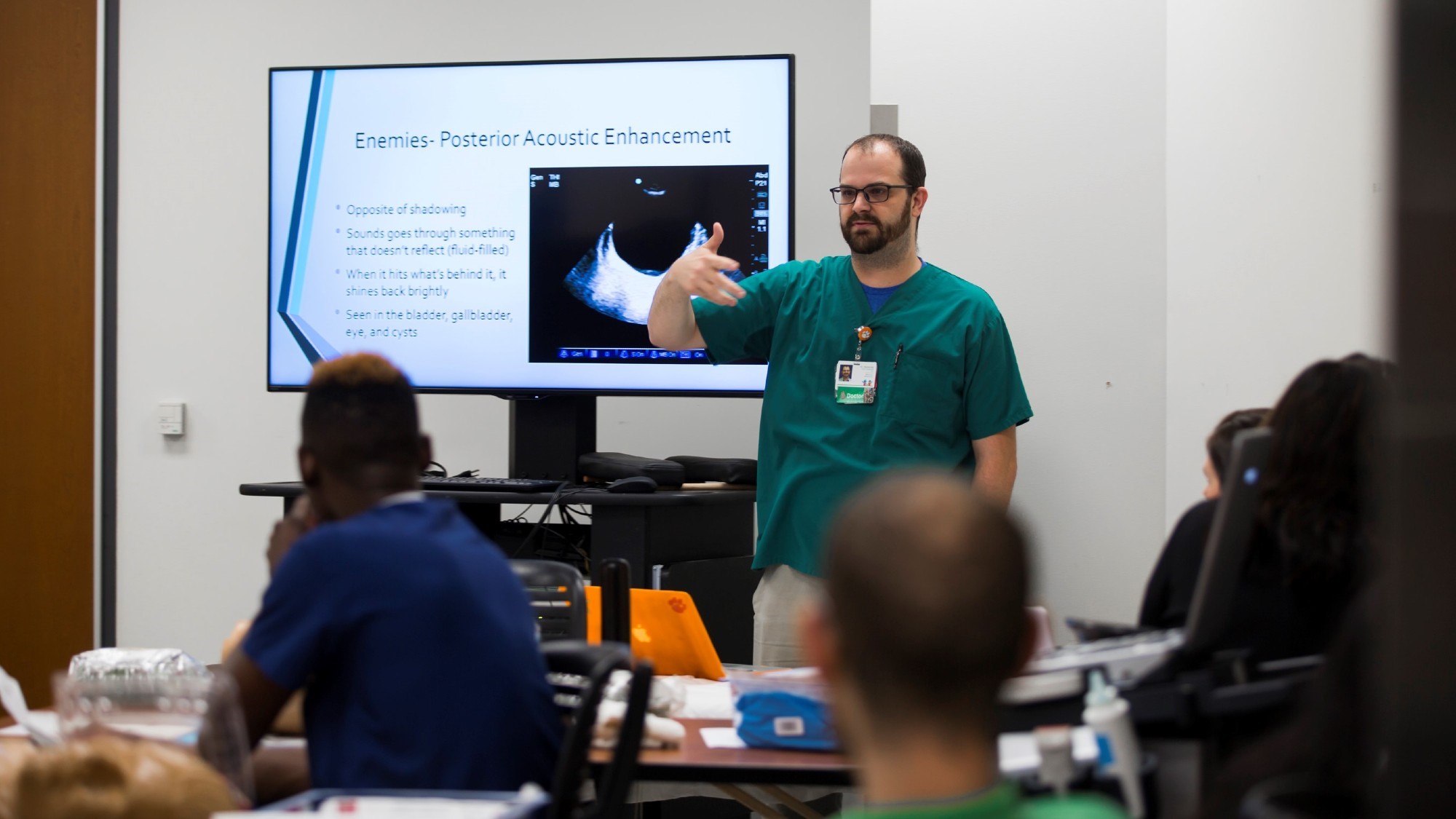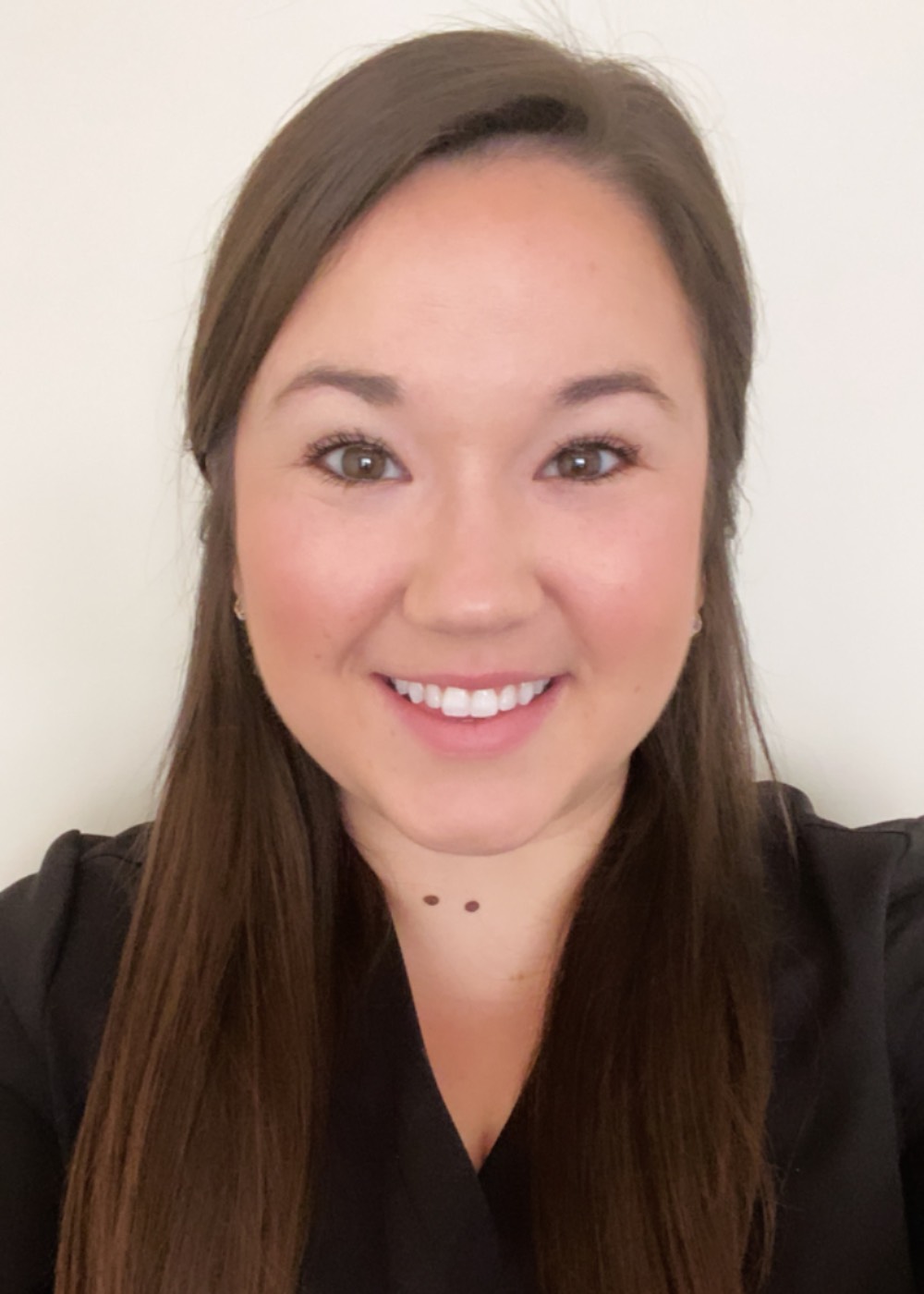The use of emergency ultrasound is now commonplace in community and academic emergency departments. Focused bedside emergency ultrasound is utilized to diagnose acute life-threatening conditions, to guide procedures, and to help emergency medicine physicians make real-time decisions regarding patient treatment and care. Emergency ultrasound is a goal-directed focused ultrasound examination that answers specific and important clinical questions.
The goal of the Emergency Ultrasound Elective is to expose fourth-year medical students to the core ultrasound applications used in daily practice by emergency medicine physicians. This elective will allow students to develop hands-on skills in image acquisition and bedside interpretation of images. Students will be expected to perform 100 independent ultrasound exams, which will be reviewed for quality and completeness by ultrasound credentialed faculty.
Residents and interns are often called upon to perform ultrasound-guided procedures and quickly develop competence with the use of ultrasound. This elective will provide medical students with early hands-on exposure to this valuable tool. Students will develop competency in performing:
- FAST
- AAA
- Cardiac
- Biliary
- Renal
- Thoracic
- Soft tissue/Abscess imaging.
Students will also be exposed to more advanced emergency ultrasound applications, including:
- Ocular
- Advanced cardiac
- DVT
- Testicular
- Procedural applications.




